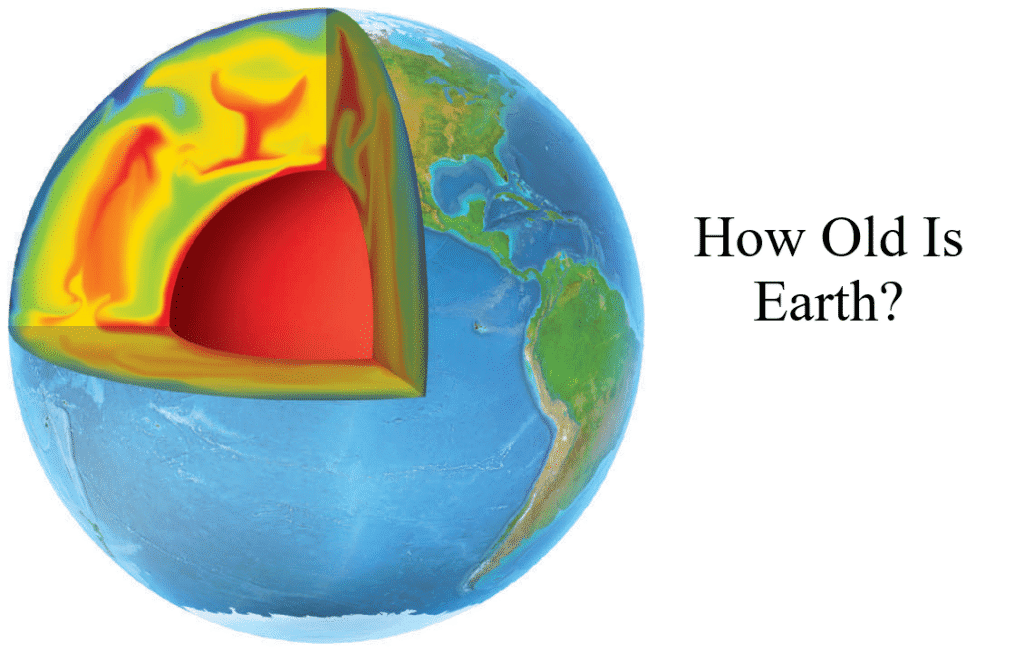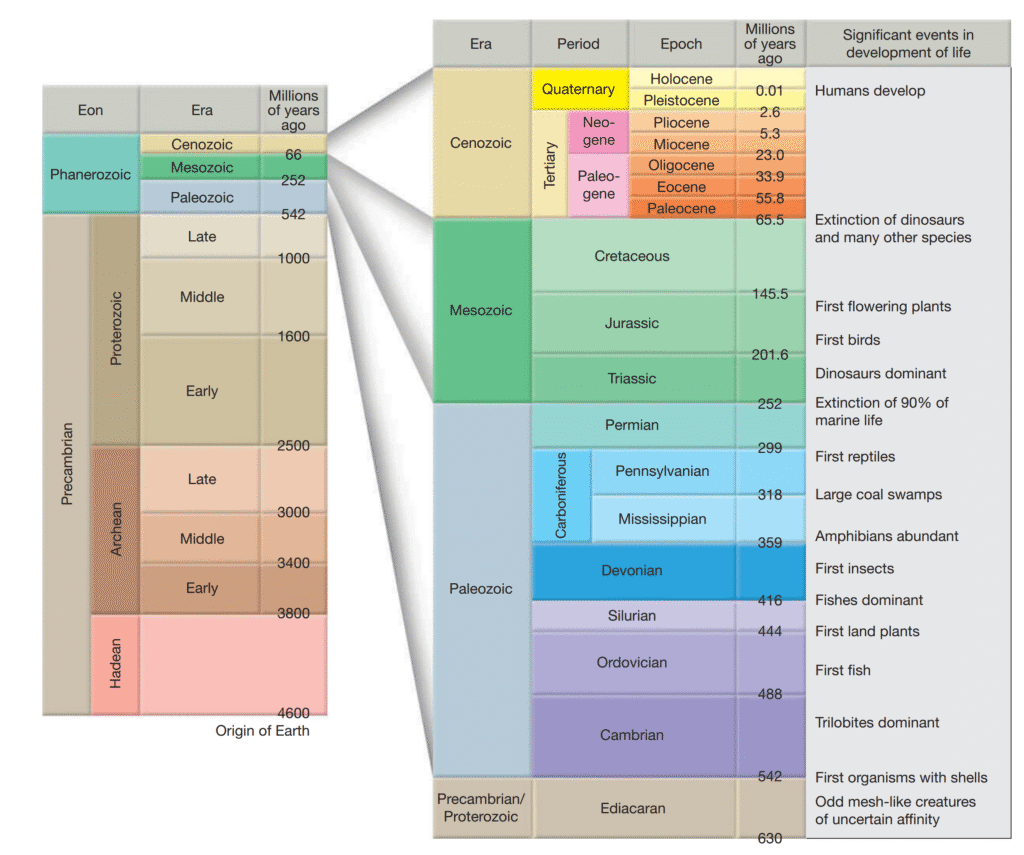
How do Earth scientists ascertain the age of a rock?
Determining whether a rock is thousands, millions, or even billions of years old can be a challenging endeavor—except when it contains identifiable fossils. Thankfully, geoscientists can accurately evaluate the age of the majority of rocks by analyzing the radioactive elements embedded within them. This method fundamentally involves interpreting a rock’s intrinsic chronological signature, often termed its internal “rock clock.”
Radiometric Age Dating
A large proportion of terrestrial rocks—as well as extraterrestrial samples—harbor trace amounts of radioactive elements, including uranium, thorium, and potassium. These unstable isotopes undergo spontaneous decay, transforming into atoms of different elements over time. Each radioactive substance possesses a characteristic half-life, defined as the duration required for half of the initial quantity of atoms to decay into other elements. The older a rock is, the more of its original radioactive content will have converted into decay products. Through the use of precise analytical instrumentation, scientists can determine both the concentration of the remaining radioactive elements and the amount of decay products present in a rock sample. By comparing these two metrics, the rock’s chronological age can be calculated. This approach, known as radiometric age dating (radio for radioactivity, metric for measurement), serves as a powerful and essential technique for determining the temporal history of rocks.
An illustrative case involves uranium-235, which decays into lead-207 at a predictable rate, with half of its atoms transforming every 704 million years. By quantifying both uranium and lead within a given rock sample—assuming no atomic gain or loss—researchers can establish the duration over which decay has occurred. This method, applied not only to uranium but to a range of radioactive substances, has enabled the dating of hundreds of thousands of rock samples worldwide using consistent, scientifically robust procedures.

The Geologic Time Scale
The chronological framework of Earth’s rocks is encapsulated within the geologic time scale, which categorizes distinct geologic time intervals and denotes notable evolutionary milestones in Earth’s biological history. Initially, the classification of geological periods was based on major extinction events as evidenced in fossil records. With the advent of radiometric age determination, these absolute dates were integrated into the geologic time scale, enhancing its scientific precision. Among the oldest known rocks on the planet are those dated to approximately 4.3 billion years, while the oldest identified crystals embedded within terrestrial rocks reach up to 4.4 billion years in age. The absence of rocks older than this is attributed to Earth’s primordial phase, a period marked by intense meteorite bombardment and a predominantly molten surface. Nevertheless, radiometric analyses of meteoritic material—relics from the solar system’s formation—suggest that Earth itself is approximately 4.6 billion years old, providing a fundamental benchmark for understanding planetary evolution.

Reference: All images and content are taken from Essentials of Oceanography by Alan P. Trujillo and Harold V. Thurman, 12th Edition.
